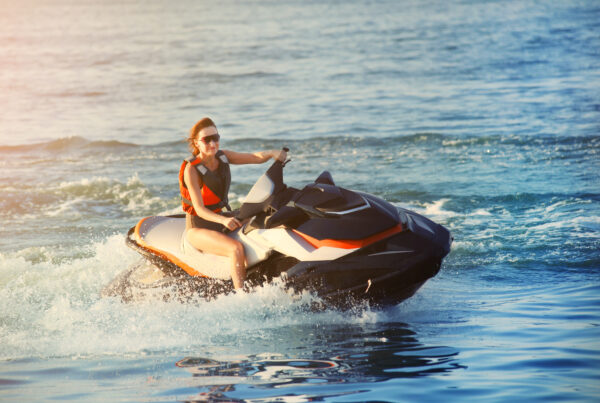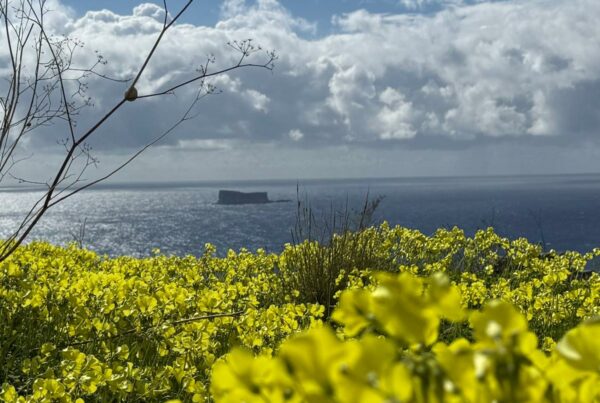The beautiful island of Malta has a host of towns and villages to choose from so we’ve shortlisted our favorites with some tips and tricks of things to do in each of these locations. To make things even easier we’ve divided them up so you can choose a different area of the island to explore at a time.
Central:
St.Julians – the hometown of Alexandra hotel – this area is great for the young and sociable. With bars and restaurants to suit every taste, we suggest a walk down to the sea and dine alfresco. A great place to spend your evenings as the area is bustling with life and energy. You can even visit the tiny beach of St. Georges Bay and catch some rays if you don’t fancy travelling outside of the town.
Sliema – A short walk or bus drive from St. Julian’s along a wonderful promenade which stretches almost all the way to Valletta should you fancy a nice long walk, bike ride or a quick bus trip. Sliema is the spot for shopping, dining or just relaxing in the sun. With various high street shops and 2 shopping malls there will be plenty to keep you occupied. If you fancy doing something different you could also visit the escape room, the various churches dotted along the promenade or even have an ice cream in the Independence Gardens.
Valletta – The Capital city is an absolutely essential visit when in Malta. A UNESCO Heritage site built by the Knights Hospitaller – it might be the European Unions smallest Capital but it definitely has plenty to offer. You can visit the museums and interactive experiences that outline Malta’s turbulent history or sit in one of the historical squares for a coffee and a pastizz (traditional Maltese savoury pastry) like a local. The capital also has a multitude of places to eat and places to shop. You could also visit the Cathedral, one of the various gardens (Upper Barrakka, Lower Barrakka or Hastings Garden) or even witness some Maltese talent at one of the local theatres. The Manoel Theatre is definitely worth visiting – a true gem which survived World War 2 bombings.
North:
Mellieha – If you enjoy the great outdoors then the locality of Mellieha is for you. Mellieha has beautiful beaches and abundant space for hiking outdoors. Some of the best beaches include: Ghajn Tuffieha, golden bay and Ghadira. There is also the iconic ‘Popeyes Village’ where the 1980s movie was filmed. The filmset was preserved and opened as a tourist attraction – it’s a great spot for swimming and loved by children and adults. You can also visit the Mellieha church built on top of a large hill leading to the beautiful blue water bays and wonderfully preserved.
Rabat, Gozo – Whilst in the north of the island you can cross to the sister island of Gozo and visit the ancient capital (also known as Victoria) With fortified walls and a recently restored citadel – it is truly a gem of Gozo and Malta. There is also the Basilica of St George and the old prison. If you want to learn more about the ancient civilizations of Malta and Gozo you can visit the Museum of Archaeology. The town is beautifully traditional and has a depth of culture. If you prefer more current activities there are also plenty of shops in the capital and the island of Gozo’s cinema.
South:
Marsaxlokk – Marsaxlokk is where you can experience a moretraditional side toMalta. This small fishing village is THE place to visit to enjoy fresh fish while on the island. You can spot the traditional Maltese boats (the luzzu) and even watch the fishermen come in with their catch. Every Sunday morning the seafront becomes a bustling Market where one can buy clothes, household items and of course fish and seafood. There are plenty of restaurant to explore that sell Maltese caught fish and seafood straight from the sea in a variety of styles.
Birgu – Another one of Malta’s coastal fortified cities which dates back to the Phoenicians in Malta (850 BC) The town has recently been renovated and is home to one of Malta’s most luxurious Yacht Marinas. As one of Maltas leading Maritime towns – you can visit the Maritime Museum in Birgu or the Fort St Angelo. If you prefer to see some local life – head into the center of the quiet ancient town and catch a glimpse of the more traditional towns in Malta.
West:
Mdina – the history of Mdina traces back more than 4000 years. According to tradition it was here that in 60 A.D. that the Apostle St. Paul is said to have lived after being shipwrecked on the Islands. Furthermore, it is said that St. Paul resided inside the grotto know as Fuori le Mura (outside the city walls) now known as St. Paul’s Grotto in Rabat. Lamp lit by night and referred to as “the silent city”, Mdina is fascinating to visit for its timeless atmosphere as well as its cultural and religious treasures.
The Roman Villa (Domus Romana), catacombs, St. Paul’s Grotto and the fine churches and monasteries are all incredible cultural visits. If you prefer something more interactive there are museums and the Mdina Experience. The Mdina dungeons are a fun excursion but not for the faint at heart. Before you leave the silent city – head to Fontanella for a coffee and a piece of their famous chocolate cake before heading out for the day.
Dingli – The final spot on our list is for those that want to escape the hustle and bustle of daily Maltese life and experience true tradition. A farmers village with fields and livestock surrounding the town – there is nothing touristic about it. Visit the cliffs (the highest cliffs on the Maltese islands and a perfect spot to see the tiny island of Filfla. You can experience the local flora by walking through the Buskett Gardens that surround the majestic presidents palace. Finally, you can end the day at Dar Il- Bniet and try traditional Maltese produce and honest local cuisine that could have been cooked up in any Maltese Kitchen.



